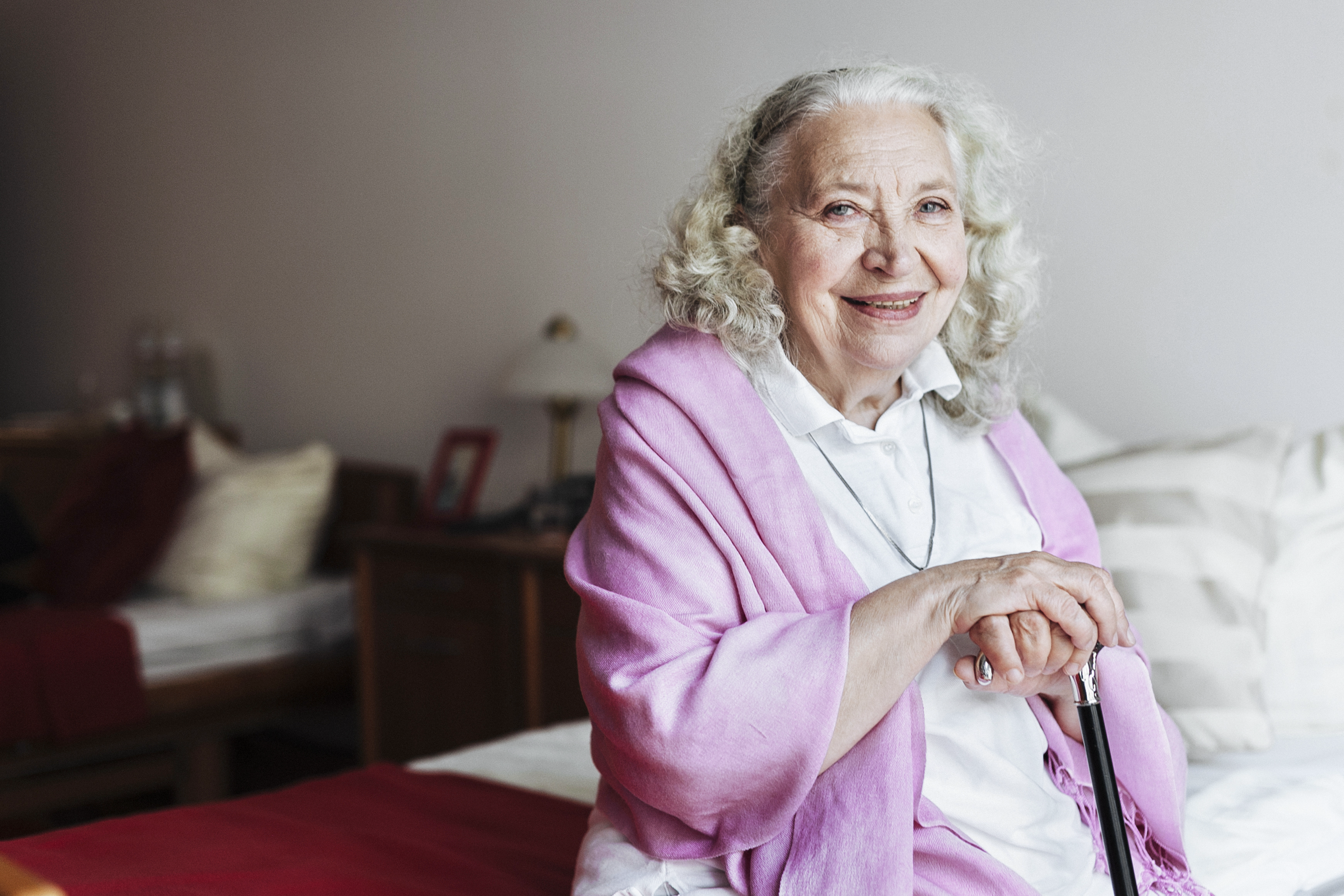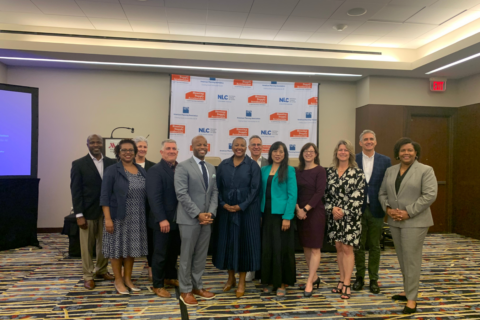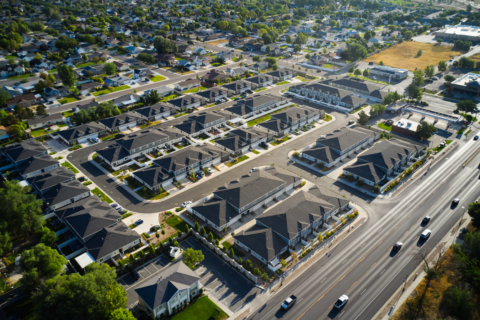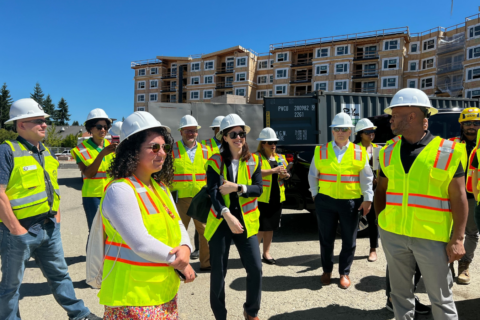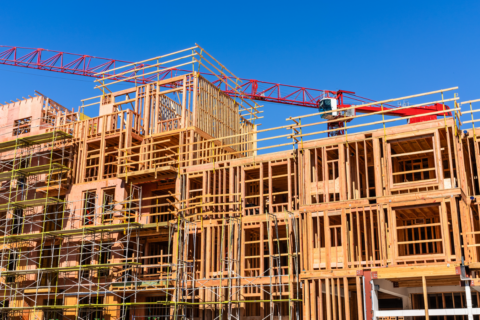By 2030, one-fifth of the American population will be aged 65 or over, which will only make worse a critical deficit in suitable housing that caters to their specific requirements. As individuals grow older, their housing needs change, including increased accommodations for those with disabilities. For many older adults, coping with a chronic illness throughout their aging journey will make it difficult to access adequate housing. Across the country, 78% of individuals aged 55 and above grapple with chronic conditions, and 85% among those aged 65 and older. As the age and health of the country shifts, there are also transformations in family systems and dynamics. Increasingly, North Americans are less likely to reside with extended family or even live within an hour of family members who offer intermittent care. While the physical closeness to adult children can serve as a vital support system for many older adults, 15.2 million older adults do not have children, and 22% of adults are currently or will eventually be alone during their elderly years. Generally, Americans are having fewer kids, have longer lifespans, and live alone.
Housing Solutions for Older Adults
As the population ages, there are a variety of cultural and programmatic solutions that address the housing needs of older adults. From cultivating a sense of community to improving physical health, different housing solutions can reap benefits for our aging population.
- Cohousing/Multi-Generational Living
- Multigenerational cohousing, often referred to simply as “cohousing,” involves living together across different age groups. This arrangement offers advantages to individuals of all ages, as those in varying life stages typically possess diverse needs and capabilities that benefit from helping one another. The challenges of aging on health (chronic conditions, illness, reduced mobility, etc.) and overall well-being are exacerbated by living alone. Specifically, living alone is linked to an increased risk of mortality, and older adults who live alone are at a greater risk of experiencing depression, loneliness, and reduced mobility.
- Aging in Place
- Aging in place refers to the act of staying in a community-centered residence throughout one’s later years in life. The residence could be the same place where an individual has spent the majority of their adult life, possibly raising a family and establishing strong connections. Alternatively, it might be a smaller living space, like an apartment, mobile home, or condo, providing the benefits of independent living without the upkeep, cost, and potential hazards associated with a larger home. Aging in place can also have positive impacts on mental and physical health outcomes of older adults by emphasizing the importance of community, safety, and dignity. Aging in place is a popular solution among older adults – 77 percent of adults 50 and older want to remain in their homes for the long term.
Is the Current Housing Landscape Equitable for all Older Adults?
While many older adults across the nation face housing challenges, specific subgroups of the aging population are disproportionately impacted.
More than 10 million households led by individuals aged 65 and over are cost burdened (paying more than a third of their income on housing), with half paying more than 50 percent of their income on housing. The demand for affordable rental housing among older adults remains largely unmet. Over 2.2 million older, very low-income renter households had “worst case housing needs,” defined as having severe cost burdens, living in severely inadequate housing, or both.
Affordability challenges are also disproportionately felt by older people of color. Historical disparities in access to well-paying jobs and homeownership opportunities have resulted in steep gaps in homeownership rates between Black and White households. Many Black older Americans have faced decades of both explicit and nuanced discrimination within educational, criminal justice, and healthcare systems, as well as in employment, housing, credit, and consumer markets; consequently, many older Black Americans have lower levels of education, income, and wealth compared to their white counterparts. As it relates to housing, a larger share of older White adults (ages 65 and over) had any per capita home equity (82%) than older Black (61%) or older Hispanic adults (57%).
What’s Next For Cities?
It is important for cities to better understand the demographic changes that are already underway and create comprehensive, data-informed policies to ensure older adults will continue to have access to safe, quality, and affordable housing. To better serve the aging population, cities can:
- Include the voices of older adults in long-range planning initiatives, such as strategic and comprehensive plans, to better consider the needs of the aging population as cities grow.
- Create targeted funding sources to incentivize the development of affordable housing for older adults, or housing projects that otherwise cater to the needs of the senior population.
- Develop supportive service programs, as well as collaborating with local non-profits and healthcare providers to ensure that older adults are equipped with necessary in-home and community care.
- Offer funding sources for the renovation of existing homes to make them more accessible (e.g. adding handrails, adding bedroom on first floor, ramps, etc.) and encourage aging in place.
Learn More
Explore NLC’s housing resources, including CitiesSpeak Blogs and NLC’s housing resource library. Interested in becoming a NLC member? Start your NLC membership application now!
